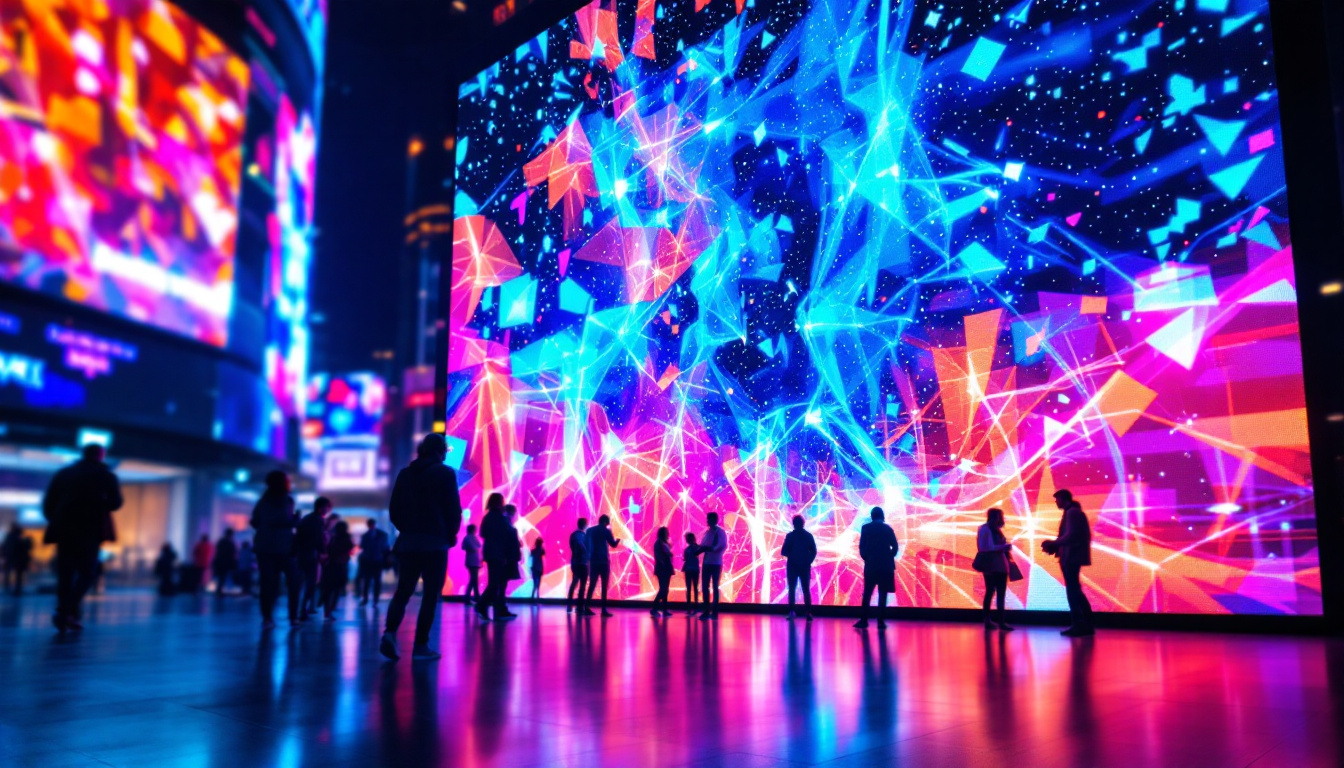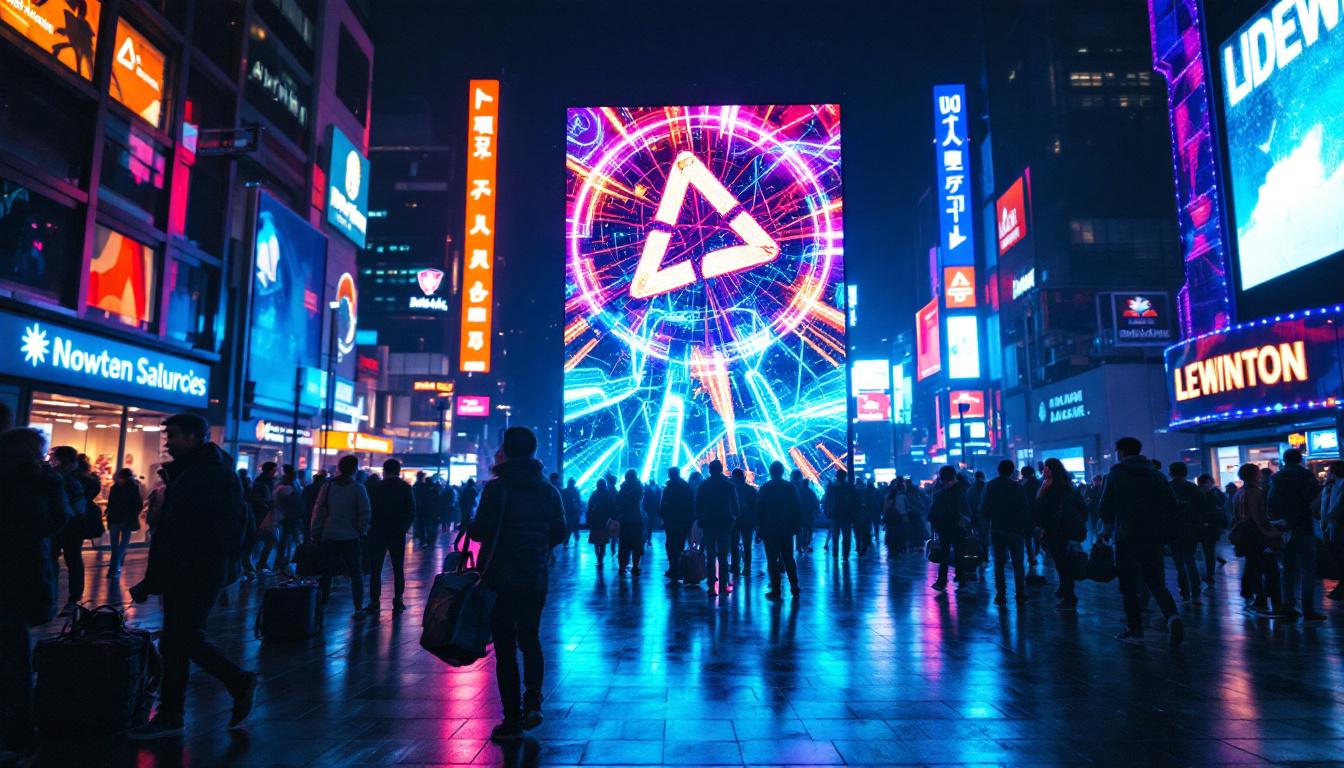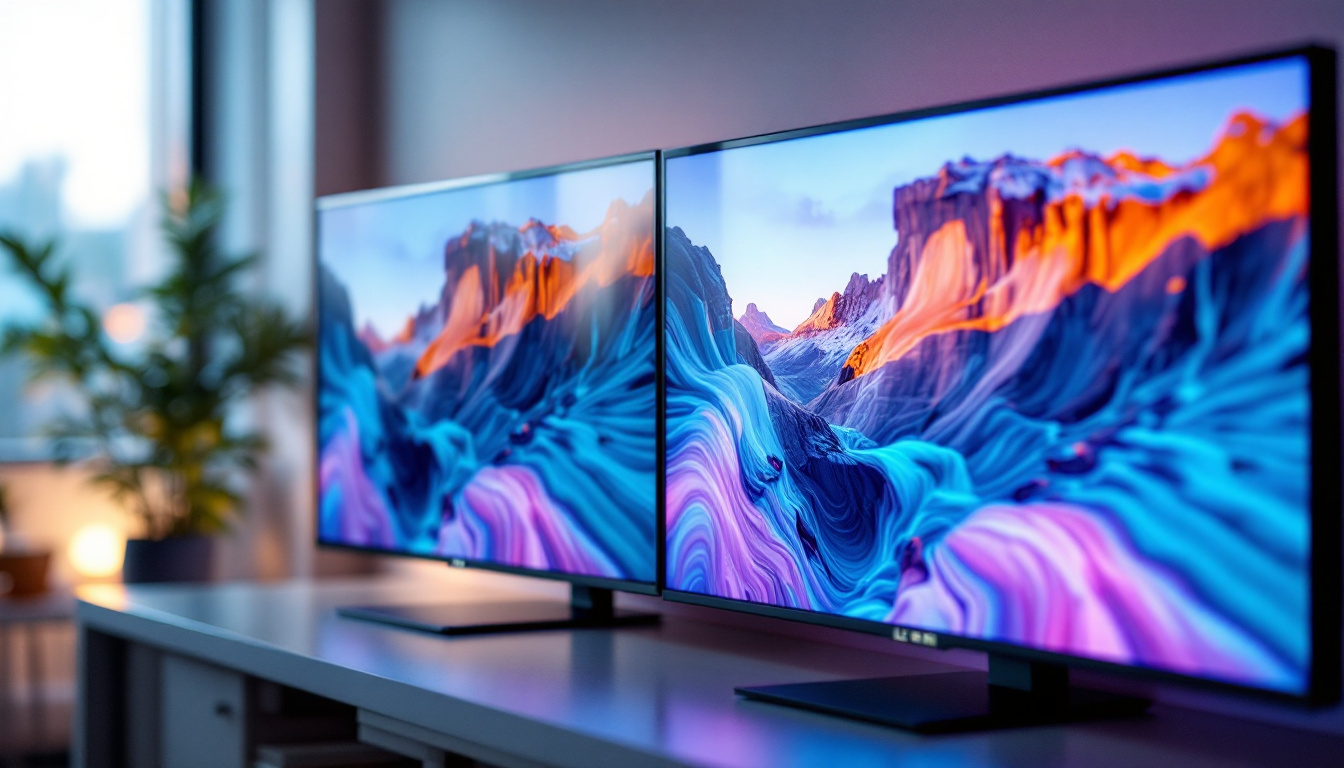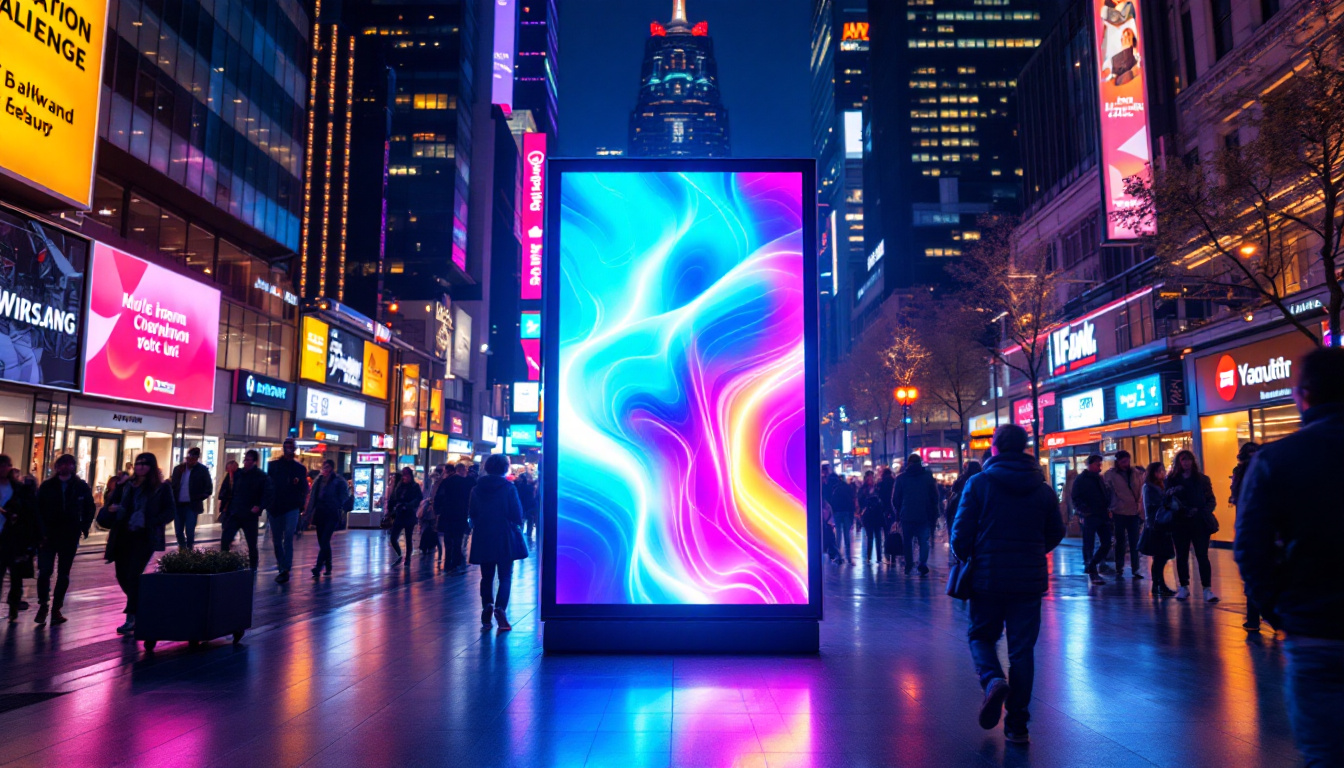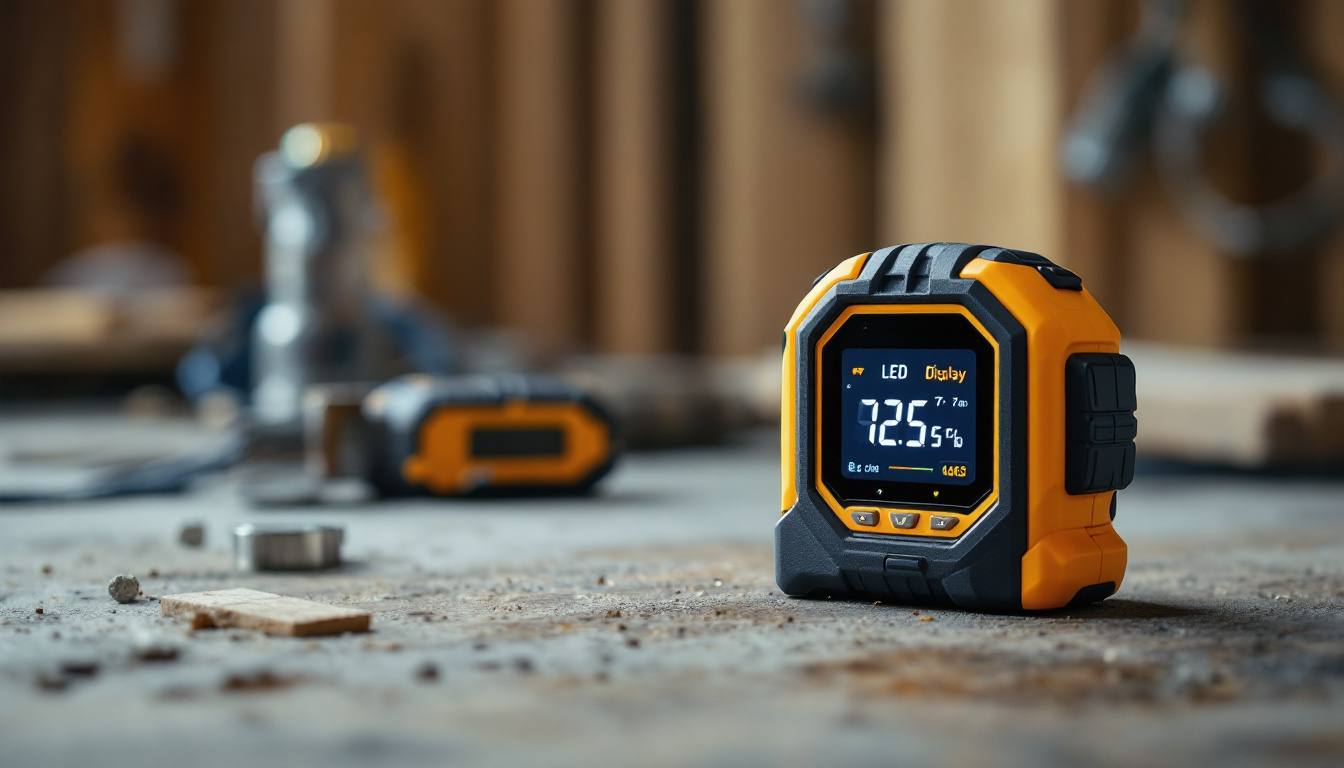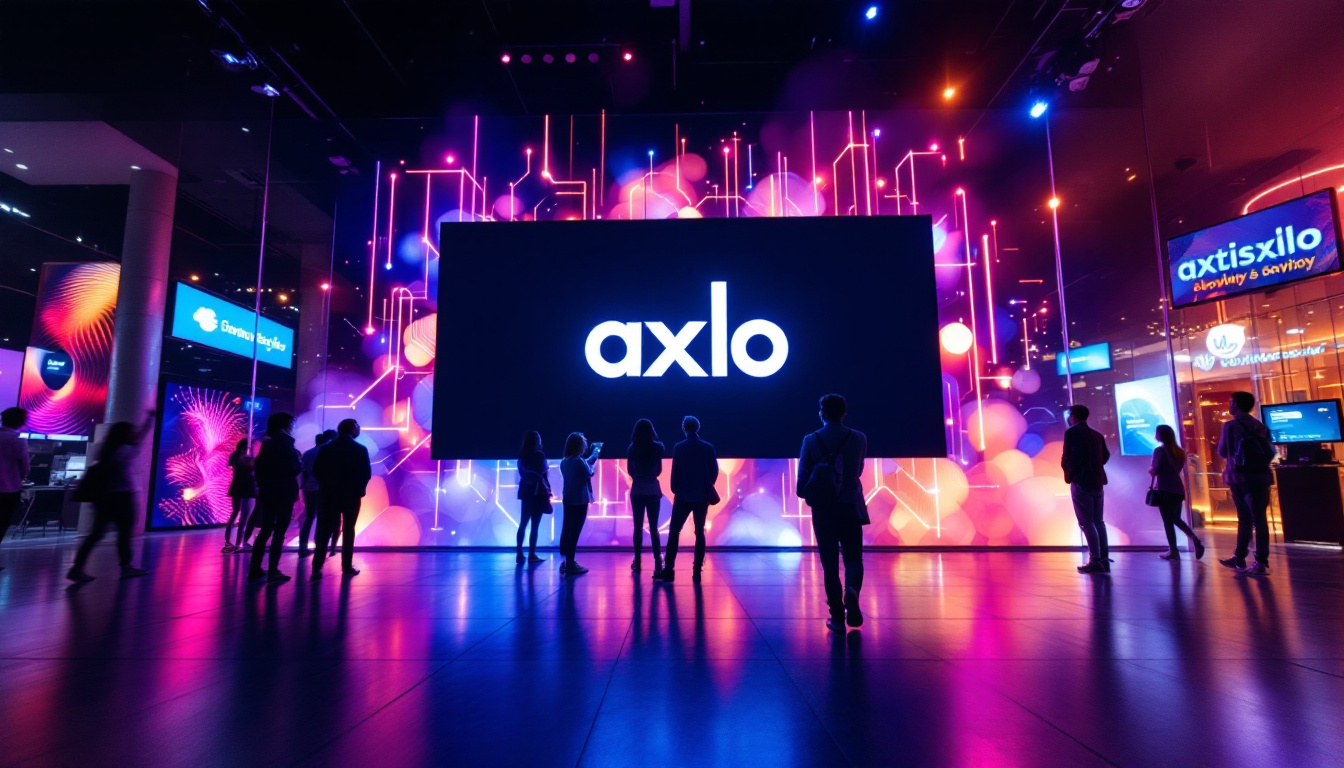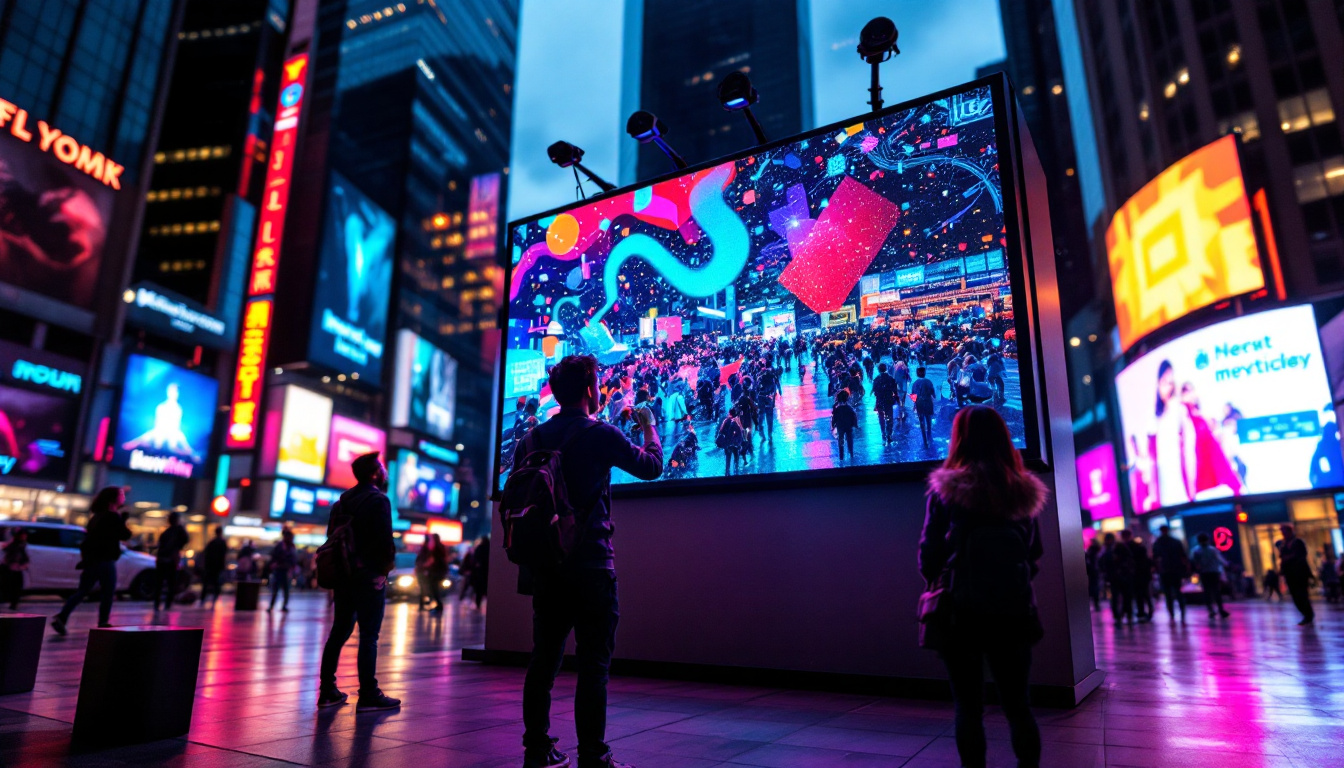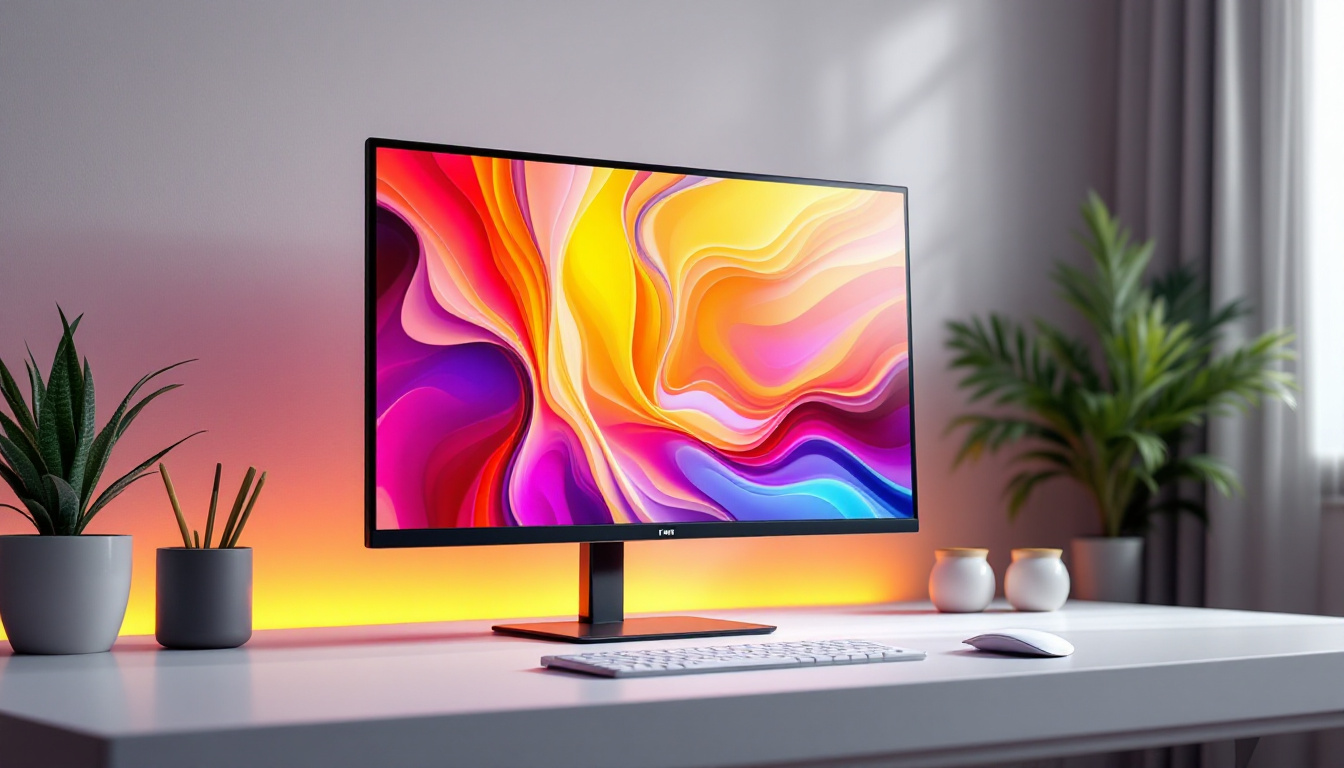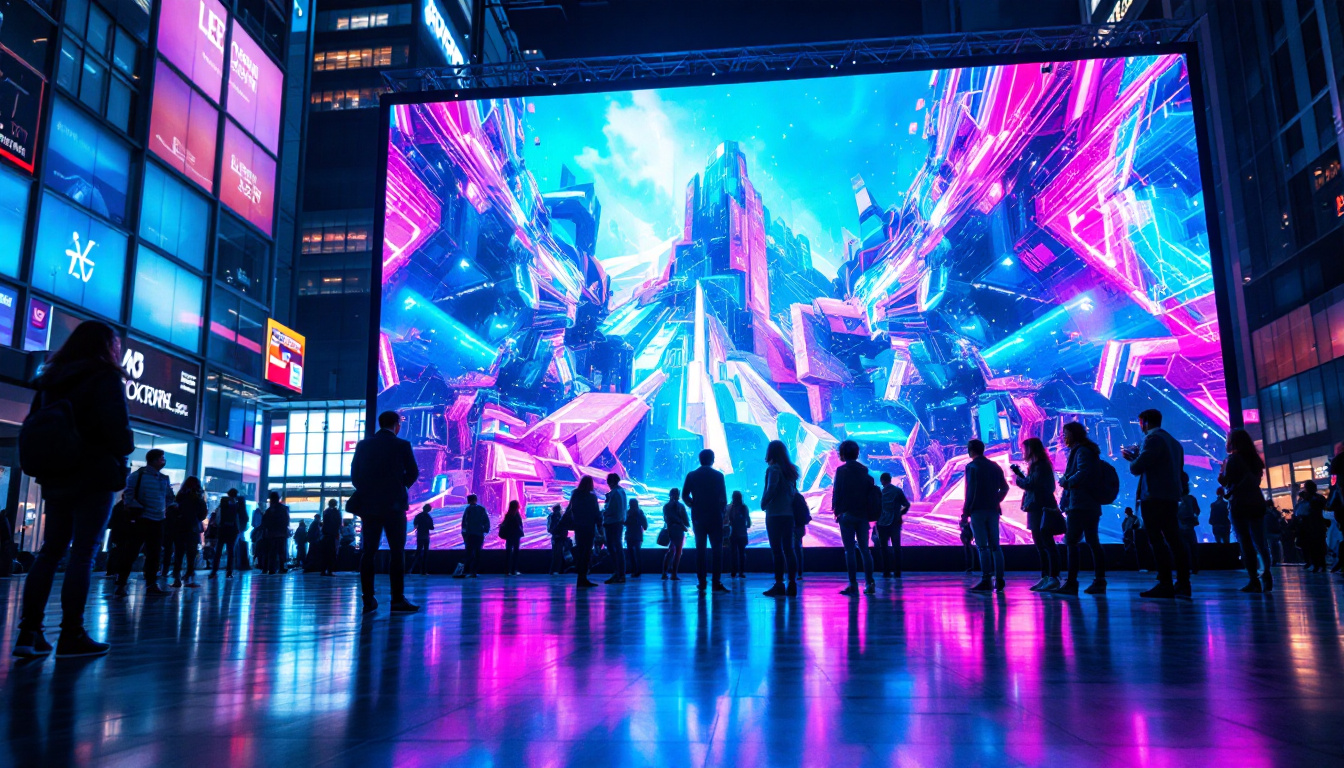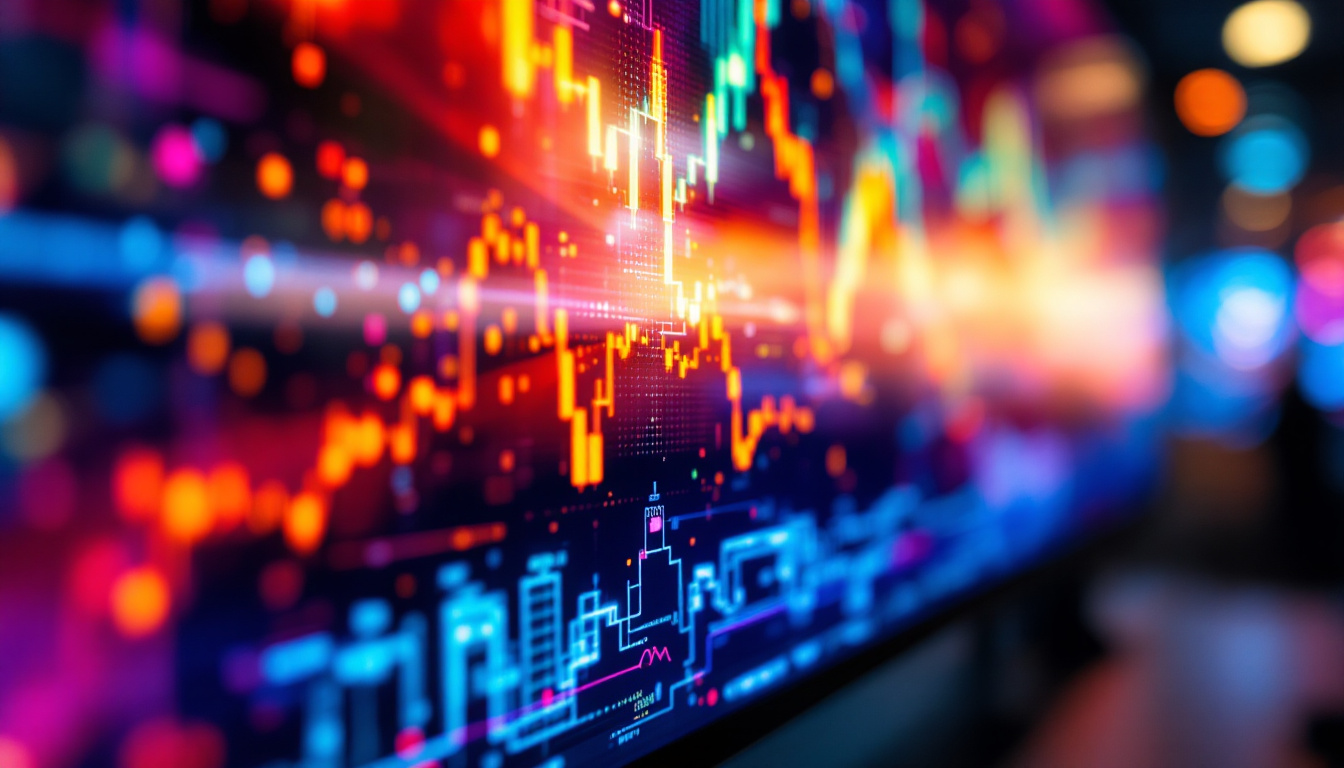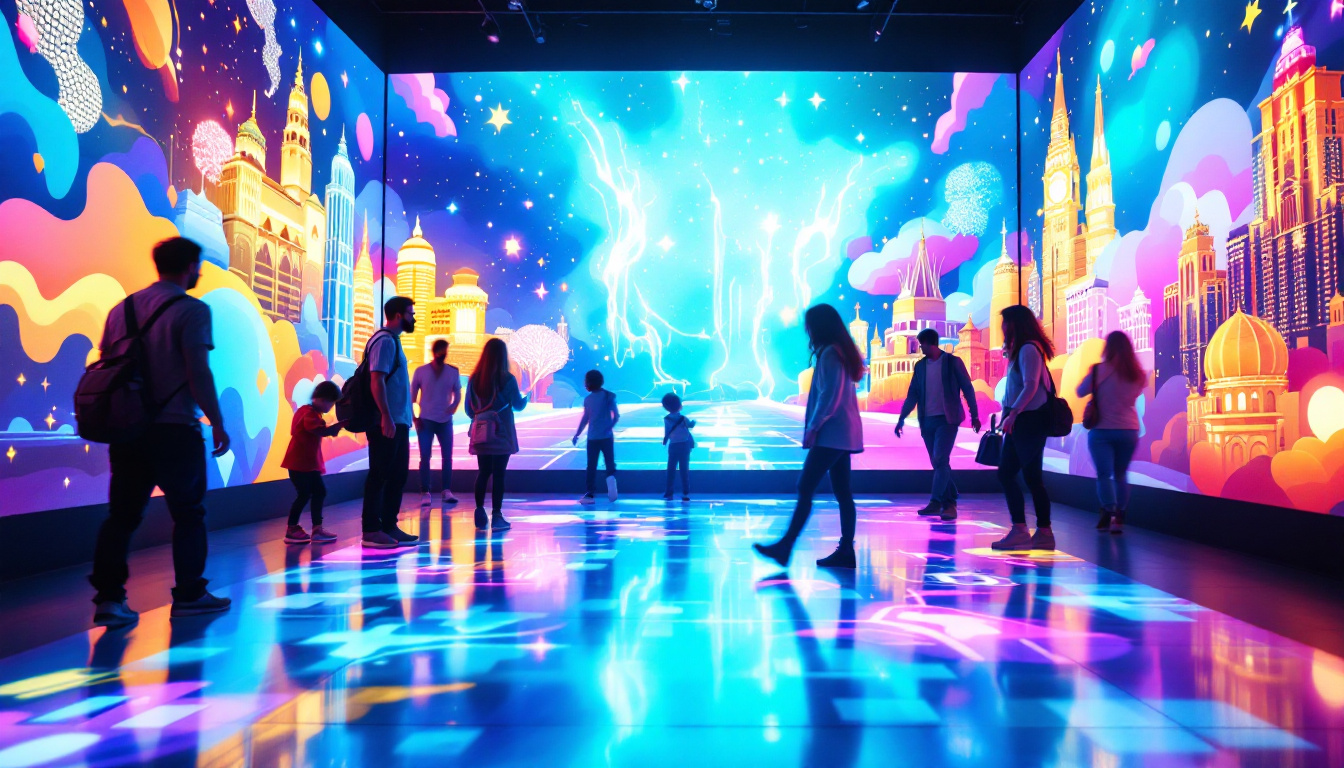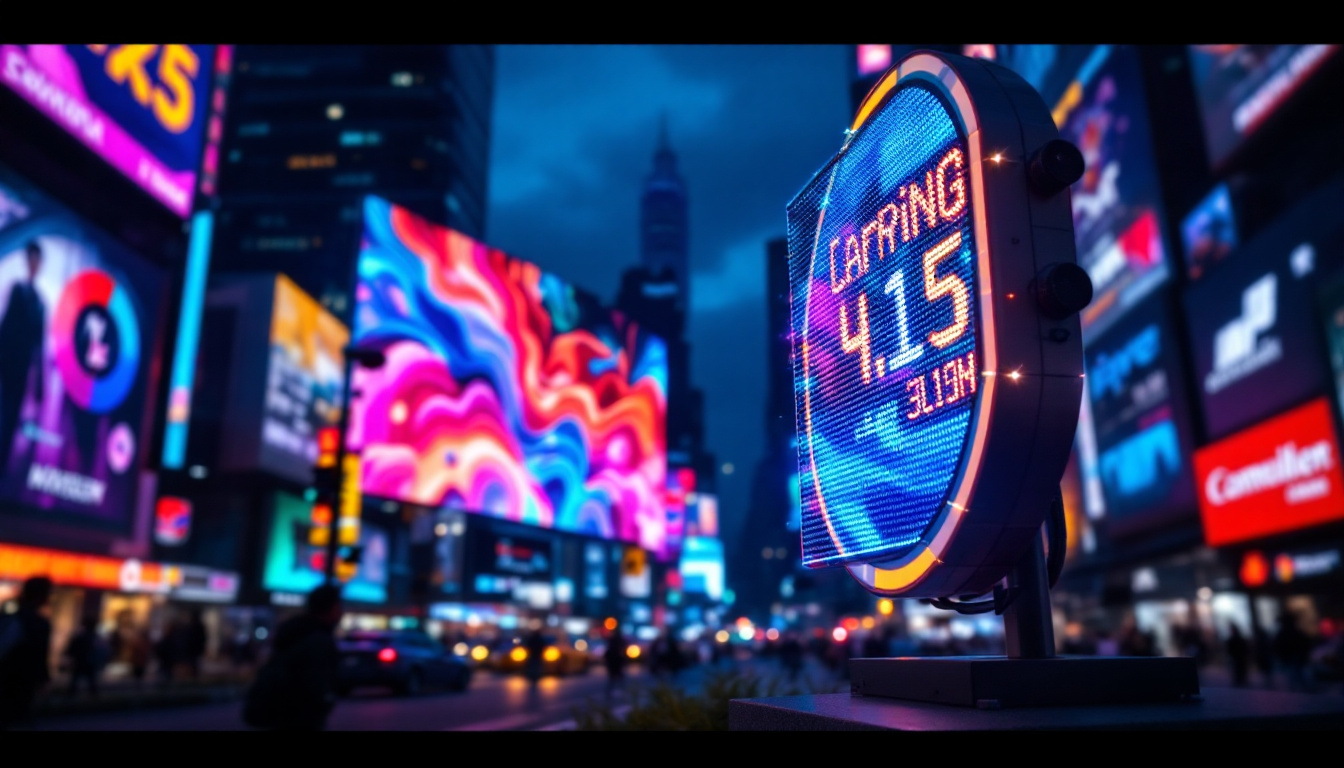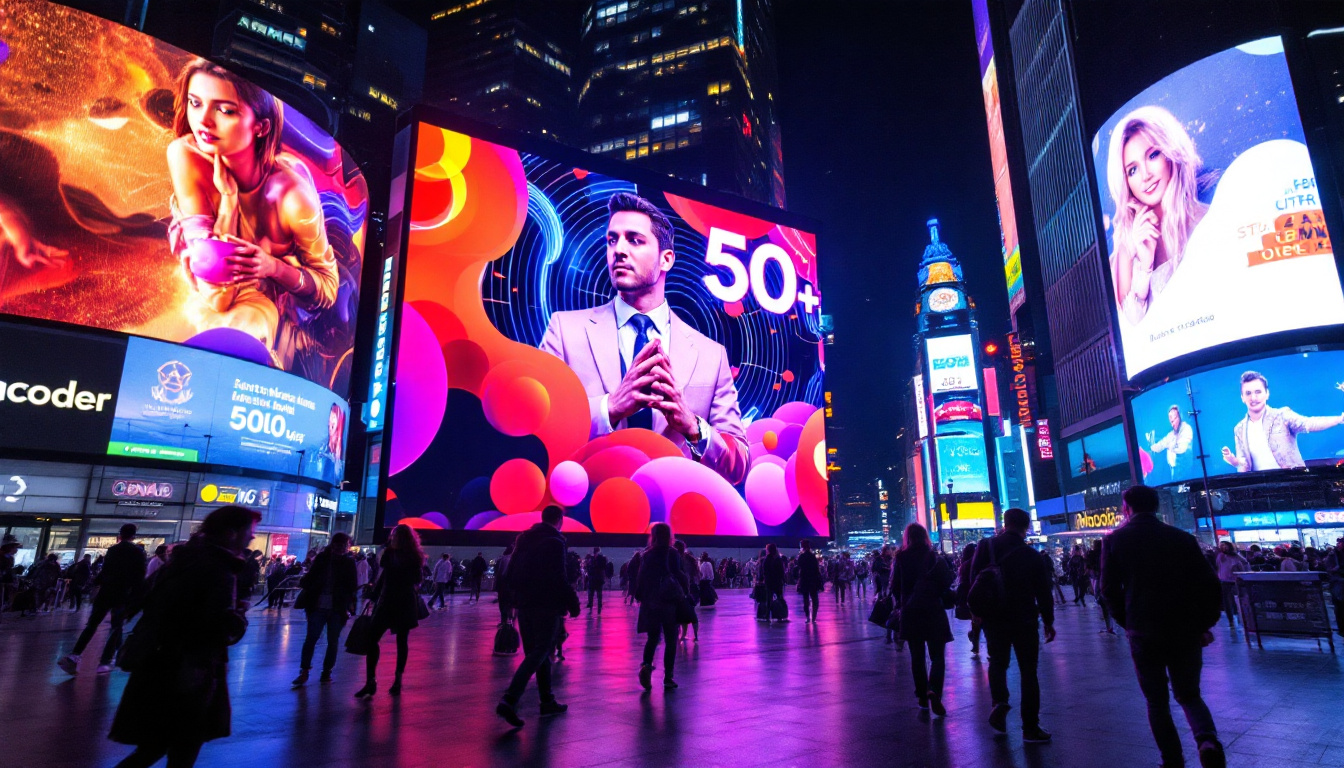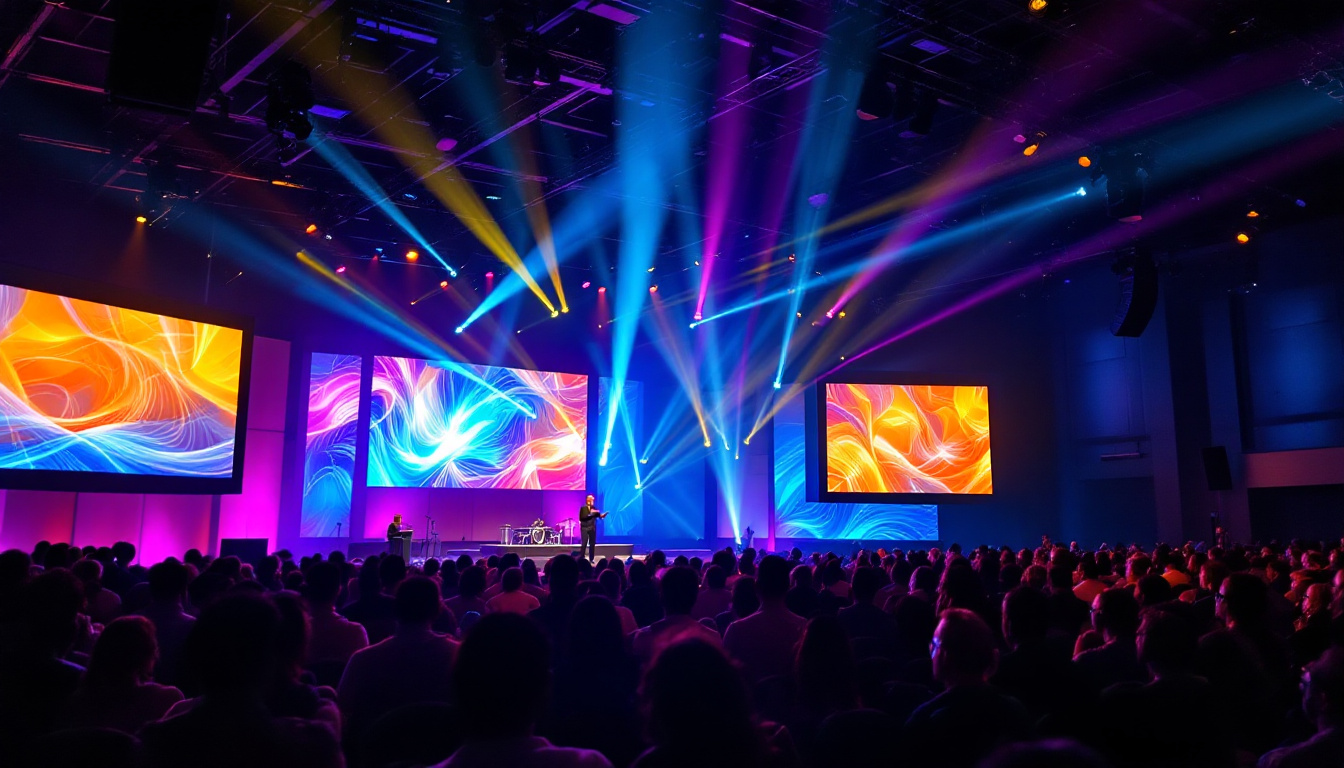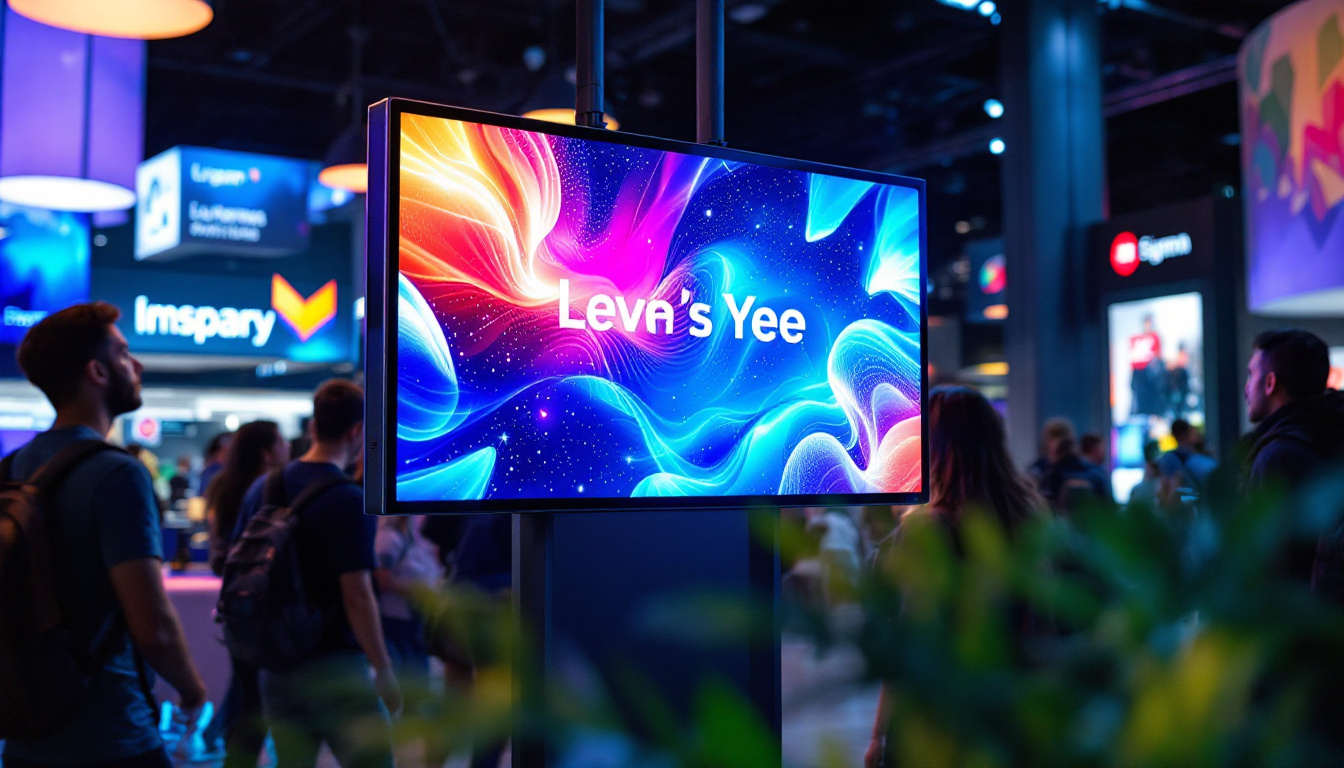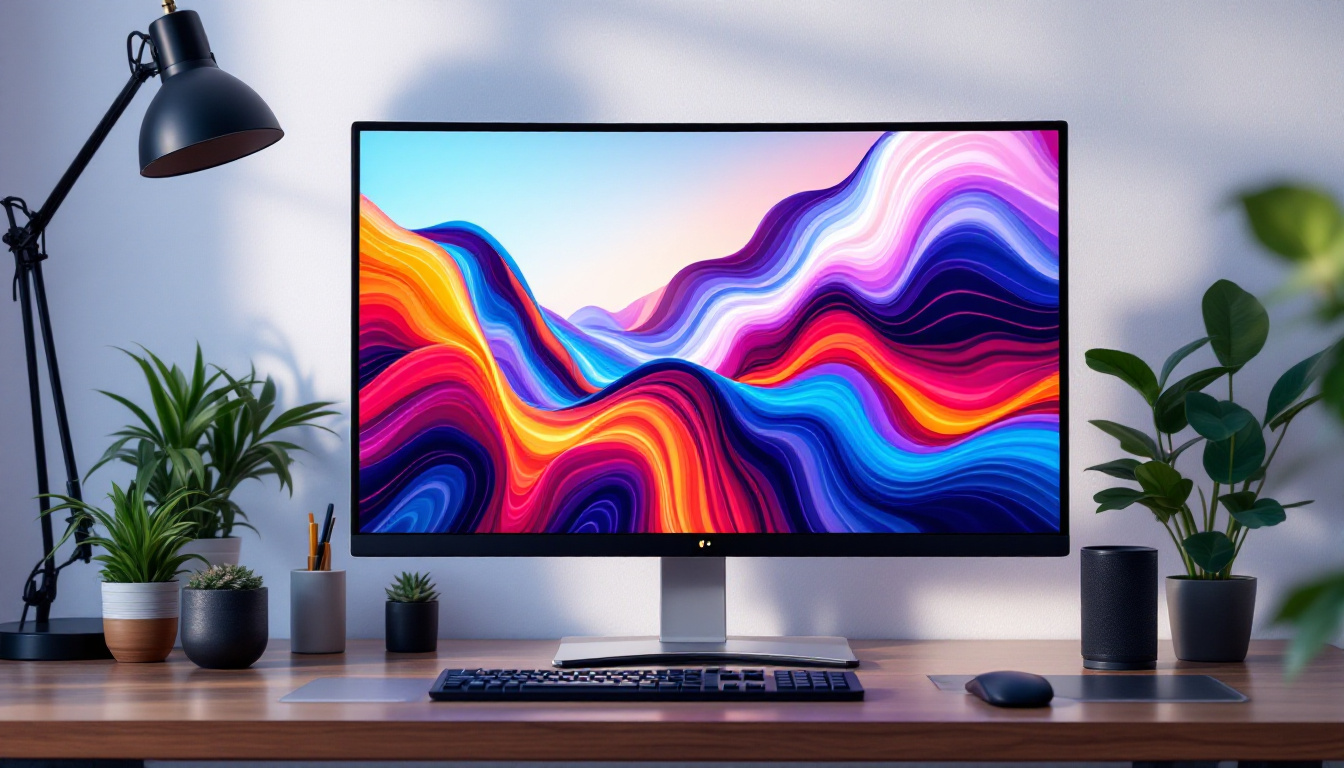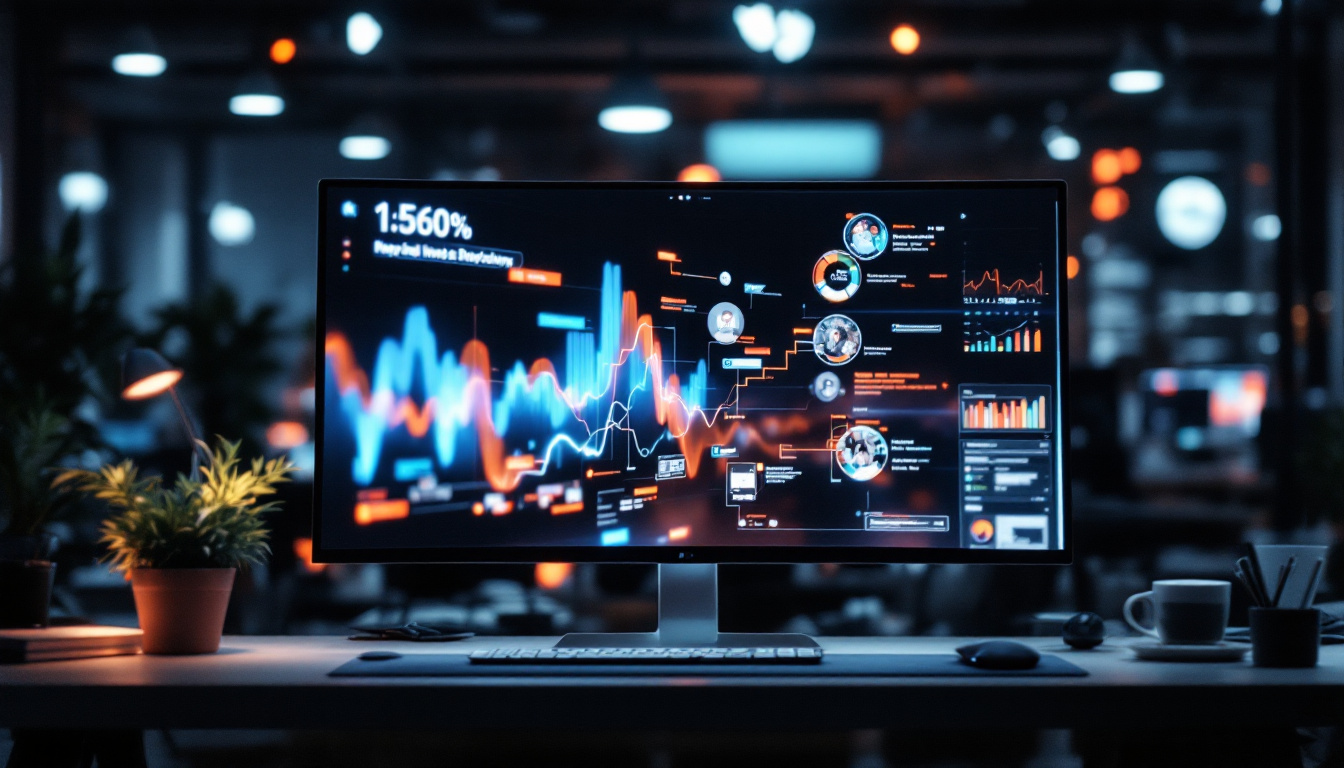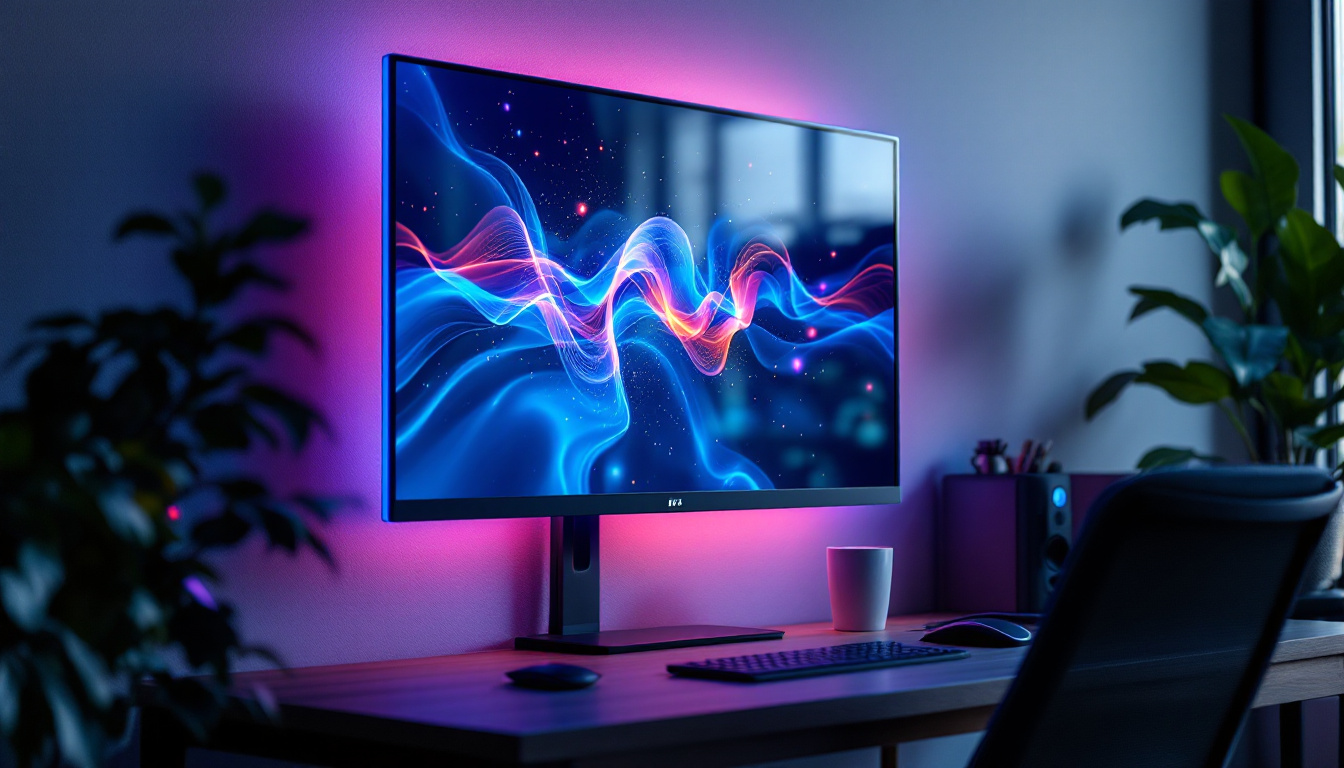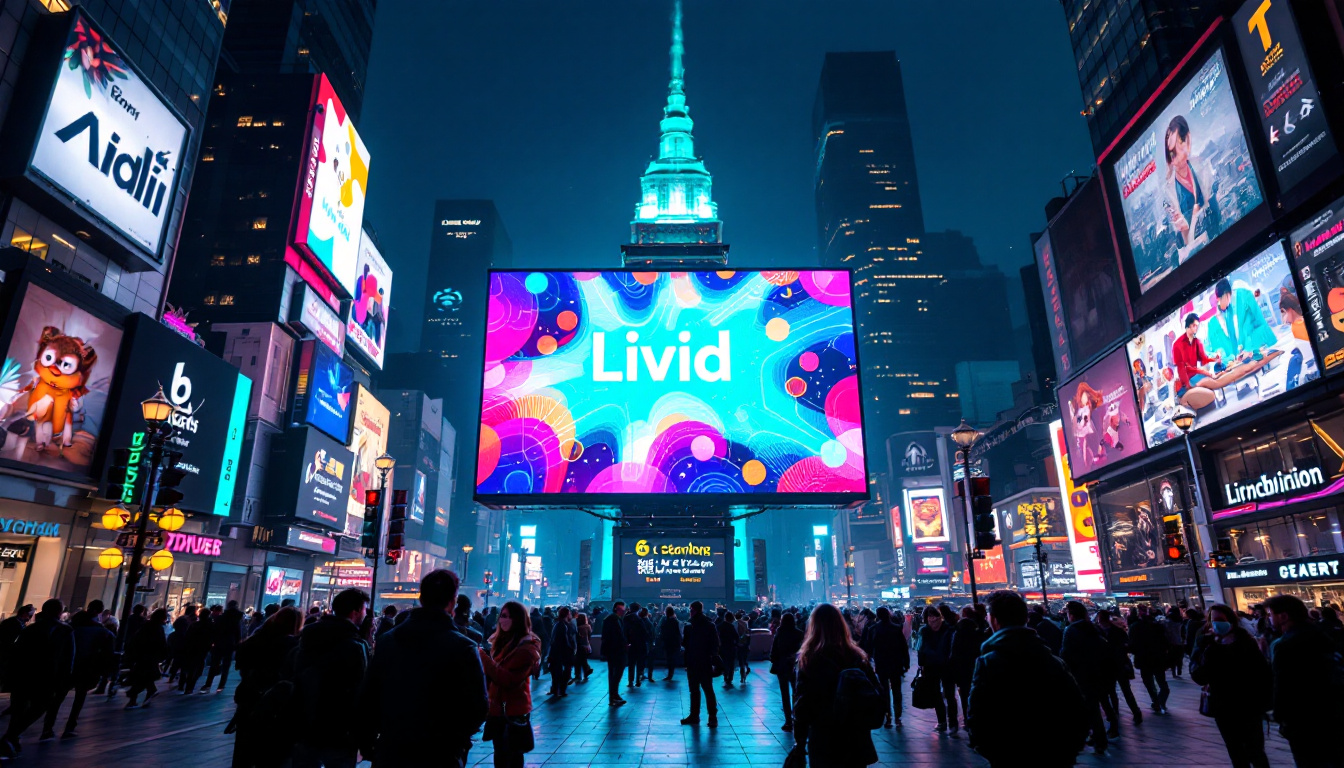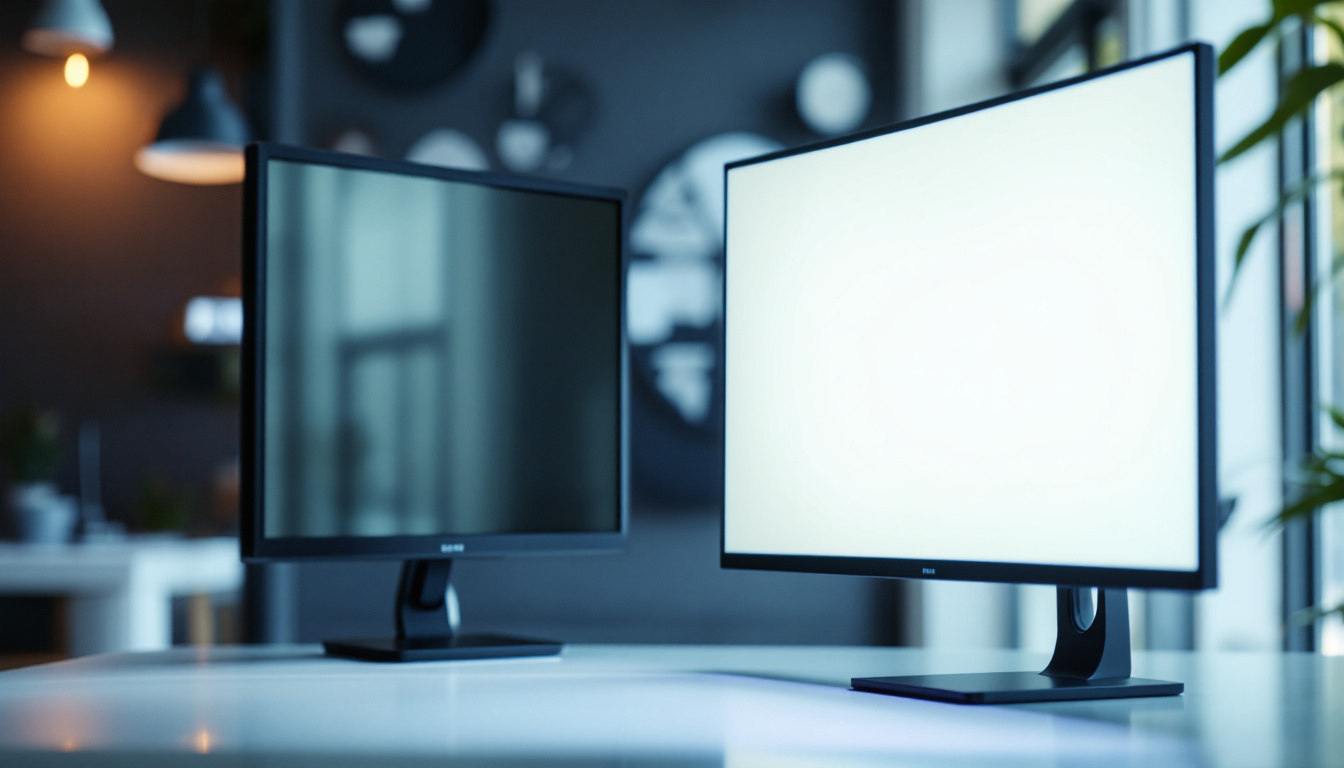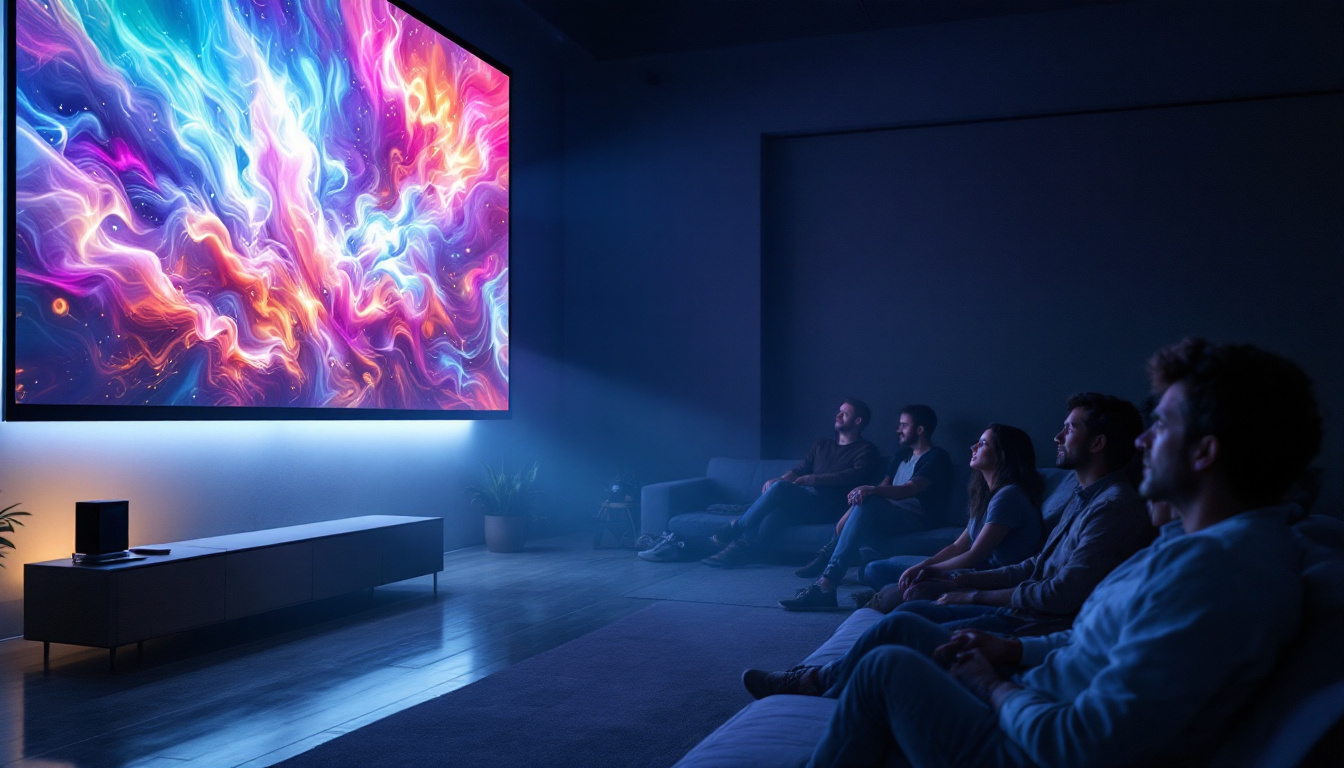The evolution of display technology has led to innovative solutions that transform how we interact with visual content. Among these advancements, the screen floor—an LED display integrated into the floor—has emerged as a captivating medium for various applications. This article delves into the intricacies of screen floors, exploring their functionality, applications, and the technology behind them.
Understanding Screen Floors
Screen floors are essentially large LED displays that are installed on the ground, creating an interactive surface that can display dynamic visuals. Unlike traditional screens that are positioned at eye level, screen floors engage users from below, offering a unique perspective and experience.
How Screen Floors Work
The core technology behind screen floors involves a matrix of LED lights that can illuminate in various colors and intensities. Each LED can be individually controlled, allowing for the creation of intricate patterns, animations, and even interactive elements. The setup typically includes a robust frame to support the weight of foot traffic, along with protective layers to ensure durability.
Screen floors often utilize advanced software that facilitates content management and interactivity. This software can be programmed to respond to user movements, creating an immersive experience. For example, stepping on a specific area of the floor may trigger a visual effect or sound, enhancing the overall engagement.
Key Features of Screen Floors
Screen floors boast several features that make them appealing for various applications. One of the most significant advantages is their ability to display high-resolution content. This clarity ensures that visuals remain sharp and vibrant, even when viewed from different angles or distances.
Additionally, many screen floors are designed to be weather-resistant and durable, making them suitable for both indoor and outdoor environments. This versatility allows businesses and event organizers to utilize them in a range of settings, from shopping malls to concerts.
Applications of Screen Floors
The versatility of screen floors has led to their adoption in a myriad of settings. Their ability to captivate and engage audiences makes them ideal for various applications, ranging from advertising to entertainment.
Retail and Advertising
In the retail sector, screen floors serve as powerful marketing tools. Retailers can use them to display promotional content, product information, or even interactive games that draw customers into the store. This not only enhances the shopping experience but also encourages longer dwell times, ultimately leading to increased sales.
Moreover, brands can leverage screen floors for experiential marketing campaigns. By creating immersive environments that resonate with their target audience, companies can foster a deeper connection with consumers, enhancing brand loyalty.
Events and Entertainment
Screen floors have become a popular choice for events and entertainment venues. Concerts, exhibitions, and trade shows often feature these displays to create visually stunning backdrops. The dynamic visuals can transform a simple stage into an engaging spectacle, captivating audiences and enhancing the overall experience.
In addition to visual displays, screen floors can also be used for interactive installations at events. Attendees can engage with the content, creating memorable experiences that encourage social sharing and word-of-mouth promotion.
Art and Installations
Artists and designers have embraced screen floors as a medium for creative expression. By combining art with technology, they can create immersive installations that challenge perceptions and provoke thought. These installations often invite viewers to interact with the art, blurring the lines between creator and audience.
Furthermore, screen floors can be used in museums and galleries to enhance exhibitions. By providing additional context or interactive elements, they can enrich the viewer’s understanding and appreciation of the artwork on display.
The Technology Behind Screen Floors
The technology that powers screen floors is a fascinating blend of hardware and software. Understanding these components is essential for appreciating how screen floors function and the potential they hold for various applications.
LED Technology
At the heart of screen floors lies LED technology. Light Emitting Diodes (LEDs) are known for their energy efficiency, longevity, and ability to produce vibrant colors. The arrangement of these LEDs in a grid format allows for the creation of high-resolution images and animations.
Moreover, advancements in LED technology have led to the development of flexible and transparent displays, further expanding the possibilities for screen floor applications. These innovations enable designers to create unique shapes and configurations, enhancing the visual impact of the installation.
Control Systems and Software
The control systems and software used in screen floors are crucial for managing content and interactivity. These systems allow operators to upload, schedule, and modify content remotely, ensuring that the display remains fresh and engaging.
Interactive features often rely on sensors and cameras that detect user movements. This technology enables the screen floor to respond in real-time, creating a dynamic experience that captivates users. The integration of augmented reality (AR) and virtual reality (VR) elements further enhances interactivity, making screen floors even more engaging.
Installation and Maintenance
Installing a screen floor requires careful planning and execution. The process typically involves assessing the site, preparing the subfloor, and securely installing the LED panels. A professional installation team is often recommended to ensure that the system is set up correctly and safely.
Maintenance is another critical aspect of screen floors. Regular checks and cleaning are essential to keep the display functioning optimally. Many manufacturers provide guidelines for maintenance, including recommendations for cleaning solutions and techniques to avoid damaging the LEDs.
Benefits of Screen Floors
The incorporation of screen floors into various environments offers numerous benefits. From enhancing user engagement to providing a unique platform for content delivery, these displays are revolutionizing the way visuals are experienced.
Enhanced User Engagement
One of the most significant advantages of screen floors is their ability to engage users in a way that traditional displays cannot. The interactive nature of these installations encourages participation, making users feel more connected to the content. This heightened engagement can lead to increased brand awareness and customer loyalty.
Furthermore, the novelty of screen floors often attracts attention, making them an effective tool for drawing foot traffic in crowded environments. Businesses can leverage this attention to create memorable experiences that resonate with their audience.
Versatility and Customization
Screen floors are incredibly versatile, making them suitable for a wide range of applications. Whether used for advertising, entertainment, or artistic expression, they can be customized to fit the specific needs of any project. Content can be tailored to suit different themes, events, or target audiences, ensuring that the display remains relevant and impactful.
This customization extends to the design of the screen floor itself. With various sizes, shapes, and configurations available, businesses and artists can create unique installations that stand out and leave a lasting impression.
Cost-Effectiveness
While the initial investment in screen floor technology may seem significant, the long-term benefits often outweigh the costs. The durability and longevity of LED technology mean that these displays can provide years of service with minimal maintenance. Additionally, the ability to update content remotely reduces the need for physical materials, further lowering costs over time.
Moreover, the potential for increased sales and customer engagement can lead to a strong return on investment. Businesses that effectively utilize screen floors can see a marked improvement in foot traffic and sales, making them a financially sound choice.
Challenges and Considerations
Despite their many advantages, screen floors also come with challenges that must be considered. Understanding these challenges can help businesses and organizations make informed decisions about implementing this technology.
Installation Complexity
The installation of screen floors can be complex, requiring specialized knowledge and skills. Ensuring that the subfloor is adequately prepared and that the LED panels are securely installed is crucial for the longevity and functionality of the display. This complexity may necessitate hiring professional installers, which can add to the overall cost.
Additionally, considerations such as weight capacity and safety regulations must be taken into account during the installation process. Failure to address these factors can lead to issues down the line, including potential safety hazards.
Content Management
Managing content for screen floors can also pose challenges. Keeping the display fresh and engaging requires ongoing effort, including the creation of new content and the scheduling of updates. Organizations must be prepared to invest time and resources into content management to maximize the effectiveness of their screen floors.
Furthermore, ensuring that content is appropriate for the target audience and aligns with brand messaging is essential. Poorly managed content can lead to confusion or disengagement, undermining the potential benefits of the installation.
Cost Considerations
While screen floors can be cost-effective in the long run, the initial investment can be a barrier for some businesses. The cost of high-quality LED panels, installation, and ongoing maintenance can add up quickly. Organizations must carefully evaluate their budget and consider the potential return on investment before proceeding with a screen floor installation.
Additionally, businesses should explore financing options or partnerships that can help mitigate upfront costs. By strategically planning the investment, organizations can ensure that they are making a sound financial decision.
The Future of Screen Floors
The future of screen floors looks promising, with ongoing advancements in technology and design. As LED technology continues to evolve, screen floors are expected to become even more versatile and engaging.
Innovative Designs and Applications
Future developments may include even more innovative designs, such as curved or multi-dimensional screen floors that create immersive environments. These advancements could open up new possibilities for artistic expression and interactive experiences, further blurring the lines between digital and physical spaces.
Moreover, as augmented reality and virtual reality technologies continue to advance, screen floors may integrate these elements to create even more engaging experiences. Imagine walking on a screen floor that not only displays visuals but also interacts with AR elements, creating a truly immersive environment.
Sustainability and Eco-Friendly Options
As sustainability becomes a more pressing concern, the demand for eco-friendly display solutions is likely to grow. Future screen floors may incorporate sustainable materials and energy-efficient technologies, aligning with the values of environmentally conscious consumers and businesses.
Additionally, advancements in recycling and waste management for electronic components may help mitigate the environmental impact of screen floors, making them a more sustainable choice for organizations.
Conclusion
Screen floors represent a fascinating intersection of technology, creativity, and user engagement. Their ability to captivate audiences and create immersive experiences makes them a valuable tool for businesses, artists, and event organizers alike. As technology continues to evolve, the potential applications and benefits of screen floors are likely to expand, paving the way for innovative and engaging visual experiences.
Understanding the technology, applications, and challenges associated with screen floors is essential for anyone considering this dynamic medium. By leveraging their unique features and capabilities, organizations can create memorable experiences that resonate with their audiences and drive engagement.
Discover LumenMatrix LED Display Innovations
Ready to elevate your space with the cutting-edge technology of screen floors? LumenMatrix, a pioneer in LED display solutions, invites you to explore our diverse range of products designed to transform your visual communication. From captivating Floor LED Displays to versatile Indoor and Outdoor LED Wall Displays, we have the perfect fit for your creative and business needs. Experience the future of immersive engagement with our Custom LED Displays, LED Sports Displays, and more. Check out LumenMatrix LED Display Solutions today and step into a world where your message shines with unparalleled impact and clarity.

